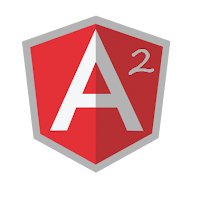org.postgresql.util.PSQLException: This connection has been closed in Spring Boot
In Spring Boot data source connection pooling is auto-configured if a proper JDBC Driver is used (e.g. org.postgresql.Driver ) and by default Tomcat pooling is used - although it can be easily changed). But the default configuration may not be enough in the production environment. One of the issues I had was org.postgresql.util.PSQLException: This connection has been closed exception after Postgres database was restarted while the application was running. In order to restore the connection application restart is needed.









